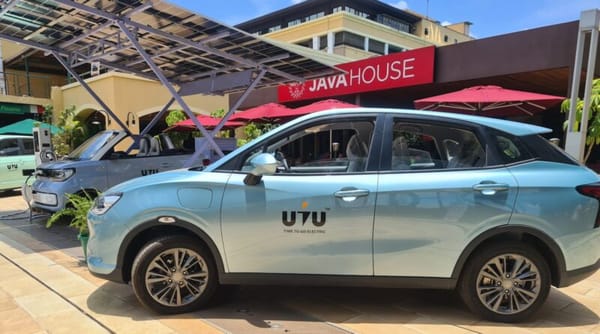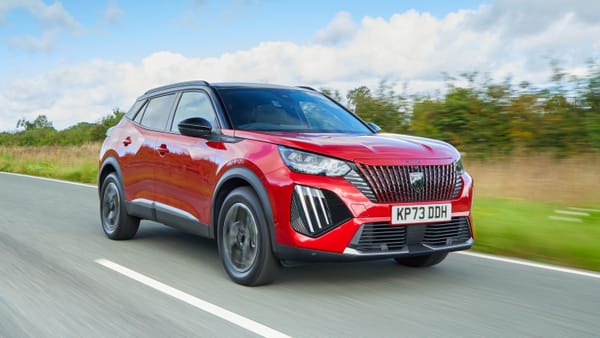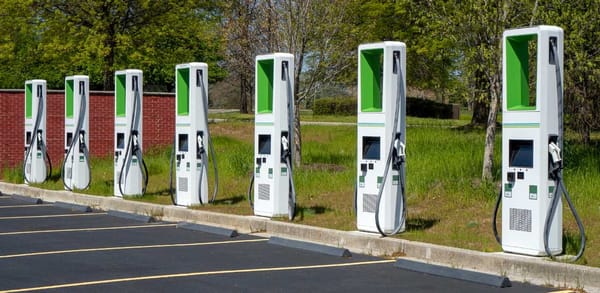Understanding the Cold Weather Impact on Electric Vehicle Range.
As electric vehicles (EVs) continue to gain traction as a sustainable transportation solution, it's crucial to recognize the various factors that can affect their performance, particularly in cold weather conditions.
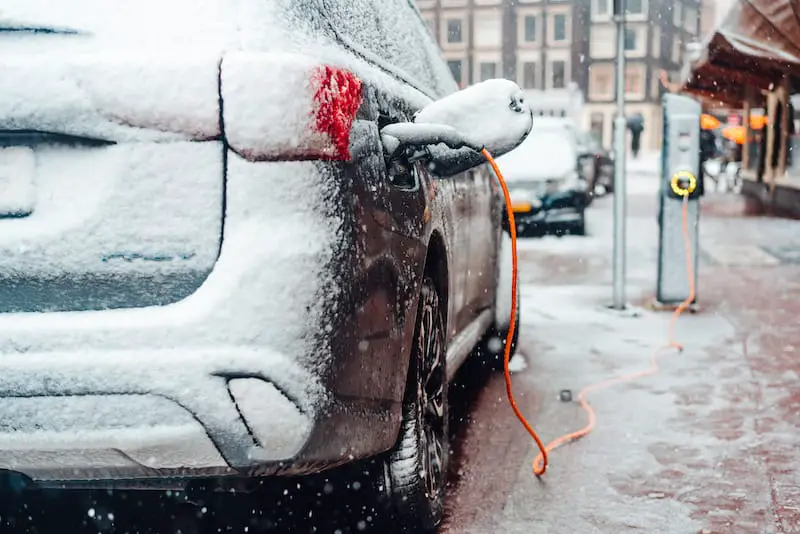
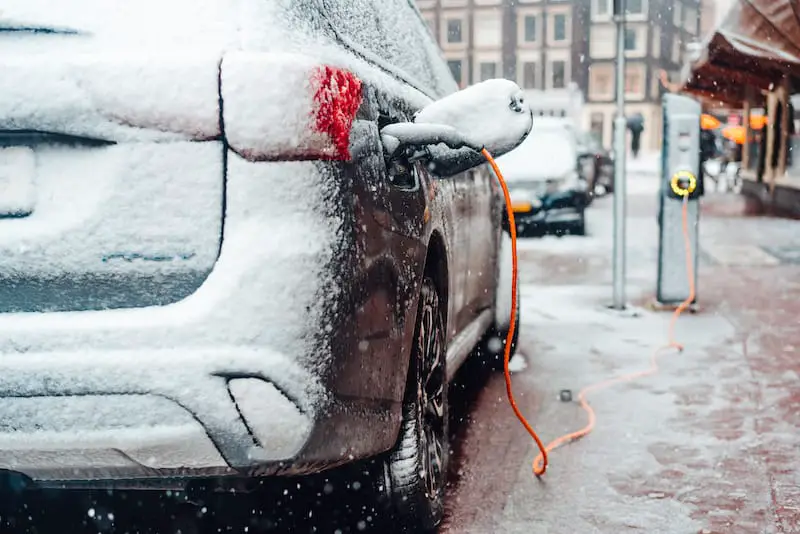
As electric vehicles (EVs) continue to gain traction as a sustainable transportation solution, it's crucial to recognize the various factors that can affect their performance, particularly in cold weather conditions.
One notable challenge that EV owners may encounter during winter months is a reduction in driving range. Let's delve into why electric vehicle range drops during cold weather and explore strategies to mitigate this issue.
Read: How efficient are EVs during cold seasons?
Electric vehicle (EV) range typically drops during cold weather due to several factors:
- Battery Performance: Lithium-ion batteries, which are commonly used in electric vehicles, experience reduced performance in cold temperatures. Cold weather slows down the chemical reactions within the battery, leading to decreased efficiency and energy output. This results in a reduction in the overall capacity of the battery, leading to lower driving range.
- Heating Systems: Cold weather necessitates the use of heating systems to keep the interior of the vehicle warm, which consumes additional energy from the battery. Electric heaters draw power from the battery to heat the cabin, defrost windows, and warm up the battery itself to maintain optimal operating temperatures. This added energy demand contributes to a decrease in driving range.
- Tire Pressure: Cold temperatures cause the air inside tires to contract, leading to a decrease in tire pressure. Underinflated tires increase rolling resistance, which in turn requires more energy to propel the vehicle forward. Higher rolling resistance results in reduced efficiency and decreased driving range.
- Regenerative Braking: Regenerative braking, which recaptures kinetic energy during braking and converts it into electrical energy to recharge the battery, is less effective in cold weather. Colder temperatures can cause the brake pads and rotors to be colder and less efficient, reducing the amount of energy that can be recovered through regenerative braking.
- Increased Aerodynamic Resistance: Cold weather often accompanies denser air, which increases aerodynamic resistance on the vehicle as it moves through the atmosphere. This increased resistance requires more energy to maintain the same speed, leading to decreased efficiency and reduced driving range.
- Battery Preconditioning: Some EVs feature battery preconditioning systems that warm up the battery before driving to improve its performance in cold weather. However, this process consumes energy from the battery, which can impact driving range if not accounted for.
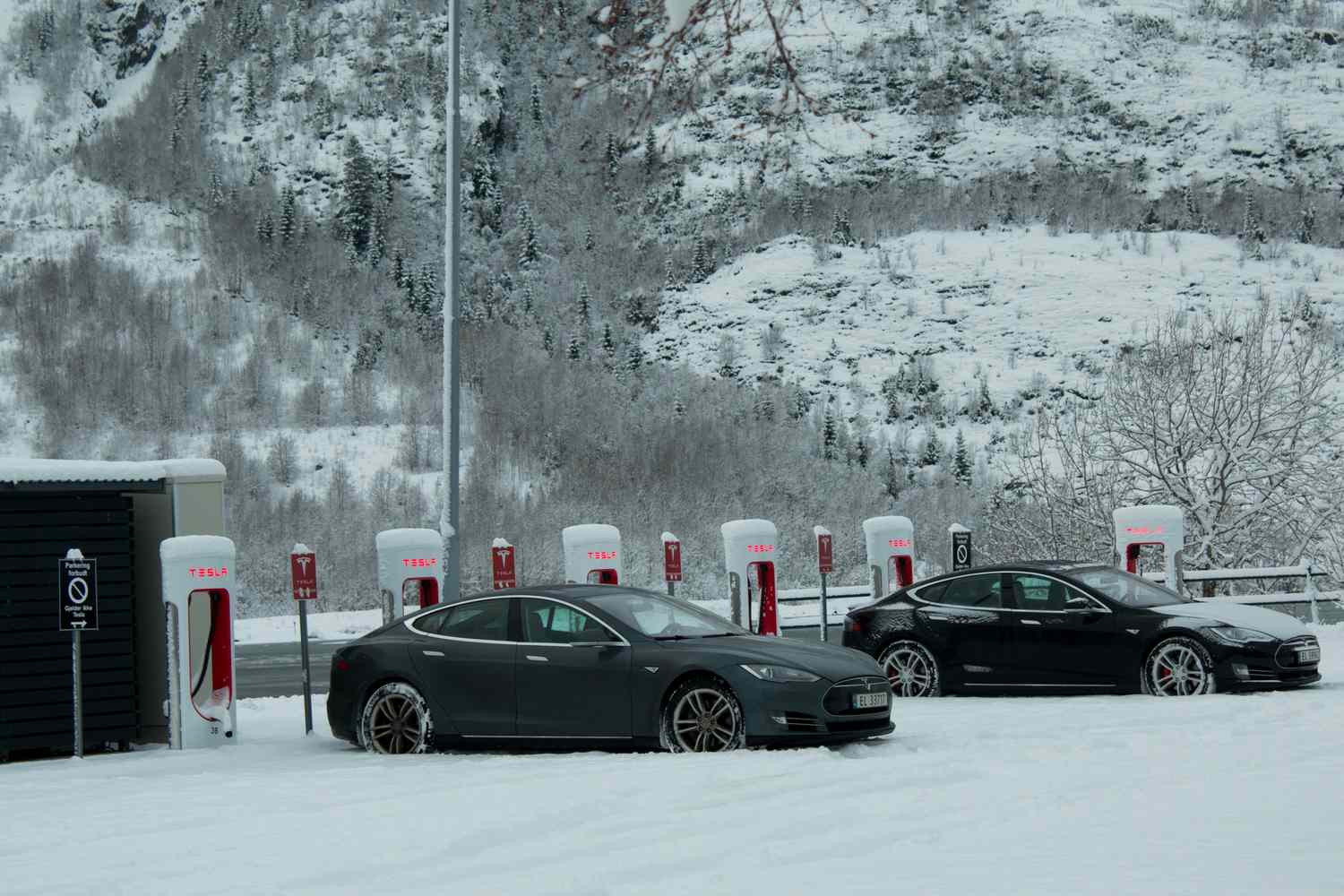
In cold weather, electric vehicle (EV) owners can take several proactive steps to ensure optimal performance and maximize driving range.
Here are some tips for maintaining your EV during chilly conditions:
- Preconditioning: Take advantage of your EV's preconditioning feature, if available. Preconditioning allows you to warm up or cool down the interior of the vehicle while it's still plugged in, minimizing the use of battery power and maximizing range once you hit the road.
- Charge the Battery: Ensure that your EV's battery is fully charged before embarking on a journey in cold weather. A full battery provides you with maximum range and helps offset the increased energy consumption from heating systems and other cold-weather factors.
- Plan Your Route: Plan your route carefully to minimize energy consumption and optimize driving efficiency. Consider factors such as traffic congestion, elevation changes, and the availability of charging stations along the way. Using navigation systems that factor in real-time weather and traffic conditions can help you make informed decisions.
- Drive Efficiently: Adopt driving habits that promote energy efficiency and maximize driving range. Accelerate and decelerate gradually, maintain a steady speed whenever possible, and avoid rapid acceleration or braking, which can drain the battery more quickly. Additionally, use cruise control on highways to maintain a consistent speed and reduce energy consumption.
- Minimize Heating and Cooling: Use the vehicle's heating and cooling systems judiciously to conserve battery power. Precondition the cabin while the vehicle is still plugged in to warm it up or cool it down before driving. Once on the road, use the climate control system sparingly and consider wearing extra layers or using seat warmers to stay comfortable.
- Monitor Tire Pressure: Regularly check and maintain proper tire pressure, as cold weather can cause tire pressure to drop. Underinflated tires increase rolling resistance and decrease efficiency, leading to reduced driving range. Follow the manufacturer's recommended tire pressure levels for optimal performance.
- Park Indoors (if Possible): Whenever feasible, park your EV in a garage or other sheltered area to protect it from extreme cold temperatures. Parking indoors can help maintain the battery's temperature and minimize the energy required to heat the cabin and battery when starting your journey.
- Keep the Battery Warm: If your EV is equipped with battery thermal management, consider using it to keep the battery at an optimal temperature in cold weather. Some EVs offer battery preconditioning features that warm up the battery before driving, improving its performance and efficiency.
By following these tips, electric vehicle owners can mitigate the effects of cold weather on driving range and ensure a more comfortable and efficient driving experience during winter months. Additionally, staying informed about your EV's capabilities and understanding how cold weather affects its performance can help you make informed decisions and maximize the benefits of electric mobility year-round.
Overall, while electric vehicles offer numerous environmental and performance benefits, cold weather can have a significant impact on their driving range due to factors such as reduced battery performance, increased energy demands for heating, and changes in vehicle dynamics.
Drivers should be aware of these limitations and take appropriate measures, such as preheating the cabin while the vehicle is plugged in and adjusting driving habits to maximize efficiency, to mitigate the effects of cold weather on EV range.

